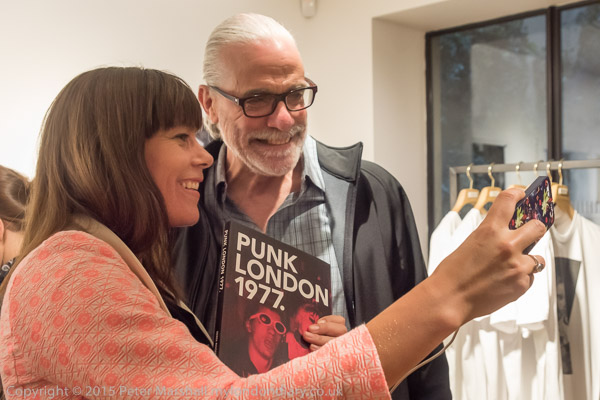
I’ve known Derek Ridgers a long time, I think all the way back to 1977 when he was making the pictures in his book Punk London 1977. He’d started taking pictures in the mosh pit at Hammersmith Odeon with a camera borrowed from work, where one of the advertising accounts he worked on was for Minolta cameras. He’d found he needed to use flash, and bent a wire coat-hanger to work as a flash bracket, and when I met him he’d just had a small portfolio of the pictures published in one of the photo mags I bought.
Like me a year or two earlier, he had wandered along to his local camera club in the largely mistaken notion that it would be a good place to find out more about photography. Like me I think he fairly soon found out his mistake, but also found that there were a small number of people in the club passionate about the medium, some of whom were actually pretty clued up about it and willing to share their experience.
These outcasts clustered together in a group that met monthly in the club room on a different night to the normal club meetings under the name ‘Group Six’. Six was about the maximum attendance, but the name came not from this but simply that it was the sixth small group set up within the club, which also had things like a portrait group. I don’t think there was actually a group called ‘boring club contest winning pictures’ but there certainly should have been and I think it existed under some different name.
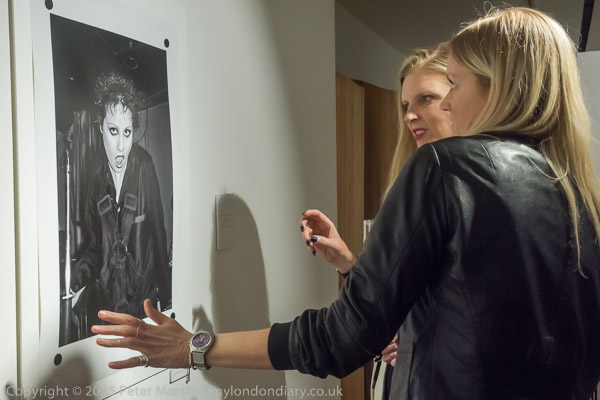
Group Six were the ‘enfants terribles’ of the club, and at times were were pretty terrible, as when we performed a slide show for the club to the sound track of the Portsmouth Sinfonia, who in 1974 performed to a sold-out Albert Hall under the proud boast that they were the World’s Worst Orchestra. But just as the Portsmouth Sinfonia included musicians such as Brian Eno and Michael Nyman, so Group Six included photographers as talented and varied as Terry King and Derek Ridgers.
A break with the club was probably inevitable. We were too successful and the club committee decided to steal some of our success, taking over an exhibition proposal we had negotiated with a gallery after an earlier show had been a major success. The active photographers in Group Six became the nucleus of an independent group called Framework, which organised a series of workshop meetings and exhibitions over the next few years in West London, in most of which Derek took part, as did several other well-known names in British photography.
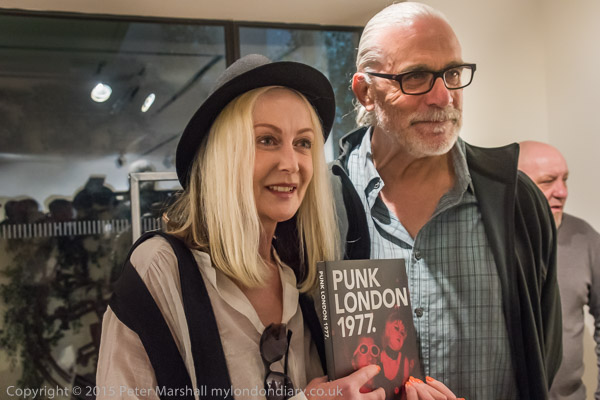
Group Six and Framework both worked – when they did work – because we brought our work to meetings and discussed it openly and honestly. Sometime with brutal frankness. Quite a few photographers couldn’t take it and only came once – though perhaps it still gave a useful counterpoint to their delusions of greatness, and I don’t think any walked out of the meetings and stepped under a train. But it was a tough school, and people had to learn to take criticism. Of course it wasn’t always right, and I remember one of my pictures that was ripped to pieces (only figuratively) at one evening session being praised by those same people a couple of years later on an exhibition wall.
It was a great learning experience I think for all of us, and the fact that we were so different in our interests and experience was very much a part of it. We explored and criticised photographs from all aspects. Some of us also went out occasionally taking pictures together, but I don’t think Derek ever did. His work was very focussed, and after we left the meetings while most of us were on our way home he would be travelling up to London to photograph in the kind of clubs the rest of us never went to – with the results you can see in Punk London 1977 and his other books. I thought back then and still think that his best work from that era was of skinheads.
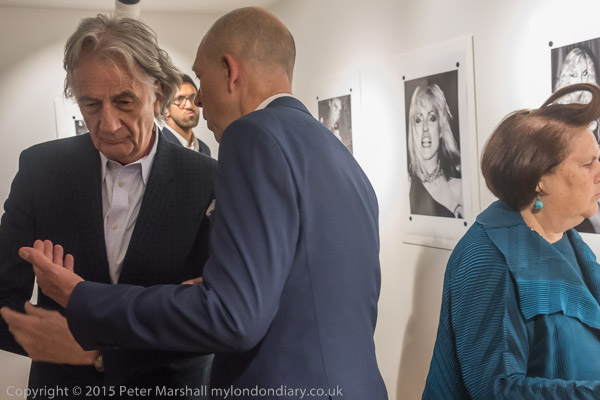
You can read more about the show at which I took these pictures at Paul Smith celebrates 40 years of punk in The Guardian, and a nice article about taking some of them in Cuepoint. And in too many other places to mention that Google can show you.
I took a look at the pictures on the wall and went to have a chat with Derek and then wandered around the room full of people in the basement of Paul Smith’s shop taking a few pictures (and drinking a few of the freely flowing drinks, though avoiding those full of vegetation) and feeling rather out of place. Mostly I had no idea who I was photographing – other than Derek. You can see more of them in an album on Facebook, and perhaps later on My London Diary, though I’m not sure they are really ‘my’ London.
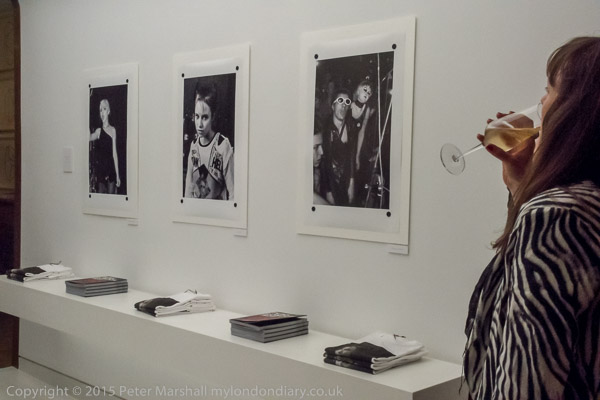
______________________________________________________
There are no adverts on this site and it receives no sponsorship, and I like to keep it that way. But it does take a considerable amount of my time and thought, and if you enjoy reading it, the occasional small donation – perhaps the cost of a beer – would be appreciated.
My London Diary : Buildings of London : River Lea/Lee Valley : London’s Industrial Heritage
All photographs on this and my other sites, unless otherwise stated, are taken by and copyright of Peter Marshall, and are available for reproduction or can be bought as prints.
To order prints or reproduce images
________________________________________________________